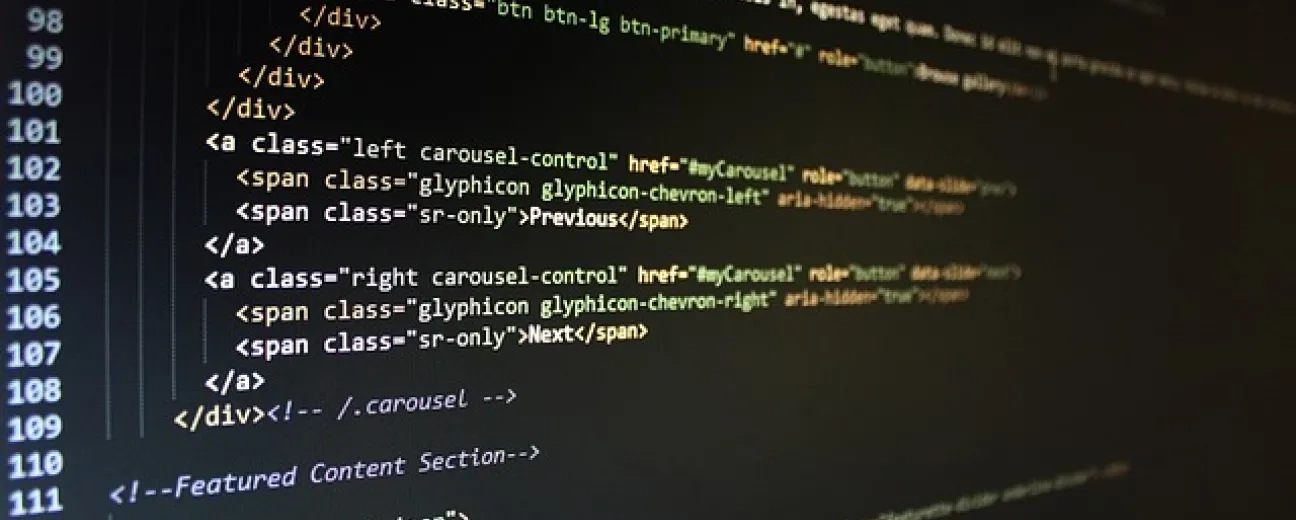
We’re excited to hear your project.
Let’s collaborate!

And developing a website with accessibility in mind means precisely that: to write your HTML code for screen readers. For those website visitors who depend on assistive technologies to fully enjoy the user experience delivered there.
Therefore, the way you'll configure your HTML elements will have a sure impact on your website's overall accessibility: good or bad.
In this respect, here's a checklist of the most effective (and handiest) ways to make your HTML elements fully visible and comprehensible to screen readers:
By far the handiest way to write HTML code for screen readers: just grow a habit of adding a succinct, yet perfectly comprehensive “Alt text” description to every new and old image on your website.
Make it descriptive enough, but do look out for overly specific (and long) descriptions. Keep in mind to provide context...
You'd thus prevent awkward situations where the assistive technology would just let that website visitor know that... there's an image on that page.
One of the best HTML accessibility best practices is to add ARIA (Accessible Rich Internet Applications) to your HTML elements.
Why bother?
Because this way you're providing visually-impaired users with more information about specific elements on a web page
Take this example: the “role” attribute gives more context; it makes it easier for the screen reader (and the assisted user implicitly) to see what that element's “role” is in the context of that specific web page.
Just add the “navigation” value to that “role” attribute and the screen reader can then interpret the HTML element as being a... menu. And then present the user with all the options listed there.
Something intuitive for a user, but not so much for a visually-impaired one.
And this is but one of the many functions for ARIA attributes that you could add to your HTML code to enhance its accessibility.
You can and should do that via HTML.
This way, if your website's accessed:
… the screen reader “detecting” its default language will be quick to translate it.
Note: if you have snippets of text in a language different from the default one on your website, remember to add a new language tag to each snippet.
This way, you'll be signaling to screen readers that those specific parts should be translated accordingly.
Try to find that ideal balance between confusingly long and ineffectively short text for your links.
It's one of the “trickiest” parts of writing HTML code for screen readers:
What do you think of when you say “semantic tags”?
Tags like <b>, for bold text (and, therefore important information) or <i> for italicized text (which might indicate a quote) might be the first the come to your mind, right?
But still, these are indicators for how the text should be displayed. And that's irrelevant for visually-impaired users...
By comparison, 100% semantic tags, like <strong> and <em> indicate to the screen readers how that text should be interpreted. They're valuable “stage directions” on how it should be read to enhance the users' understanding.
Writing HTML code for screen readers means also structuring your web pages with accessibility in mind.
So, ask yourself common questions like:
Would he/she still be able to make sense of your web page's structure?
The END!
Needless to add that the list of ways that you could tweak your HTML code for screen readers, for enhancing accessibility, is a... never-ending one.
Start by focusing on these 6 aspects that will help you develop the right mindset for accessibility then... keep adding on more techniques.

We’re excited to hear your project.
Let’s collaborate!